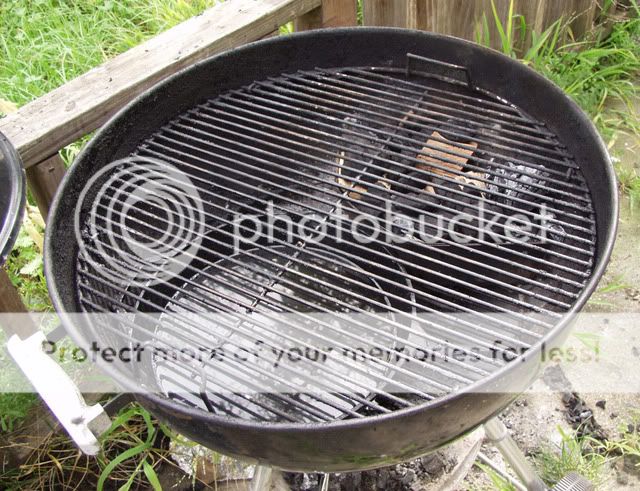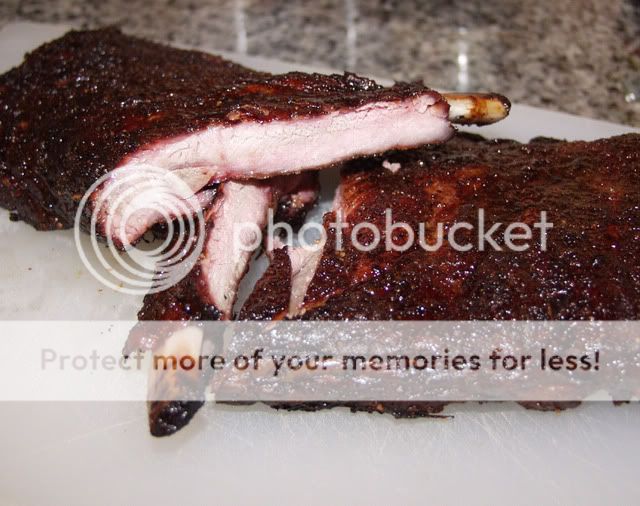magnus
Found some matches.
New to this kind of cooking --- hoping for some advice. Planning to grill ribs on a 22.5" Weber kettle. Rib rack, indirect method, with Kingsford blue charcoal & a chunk of green apple wood on each side for quality smoke. Question: what is best way to keep fire(s) burning for the 4-5 hrs needed? My thoughts were to add a few un-lit briquettes to each side hourly, when I open lid to spray cooking ribs with apple juice/vinegar mix. Sound ok?



